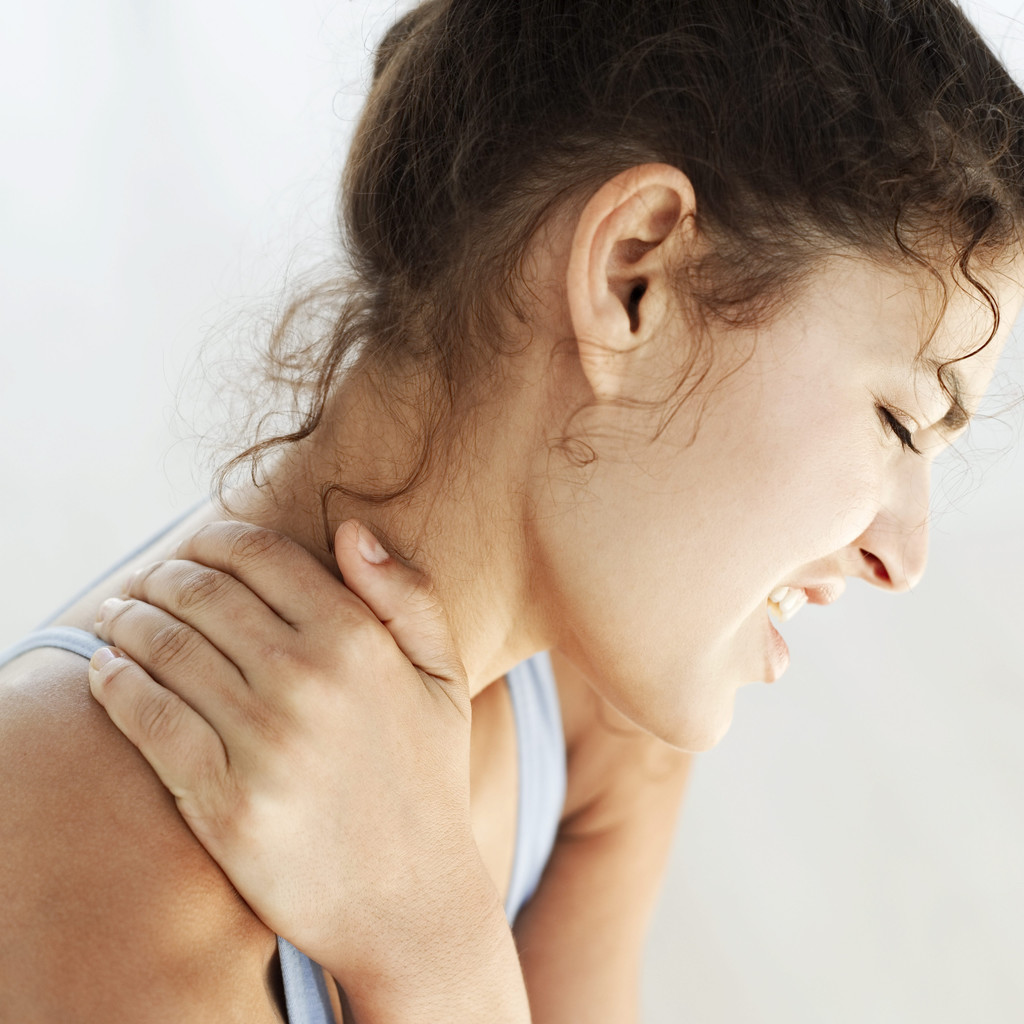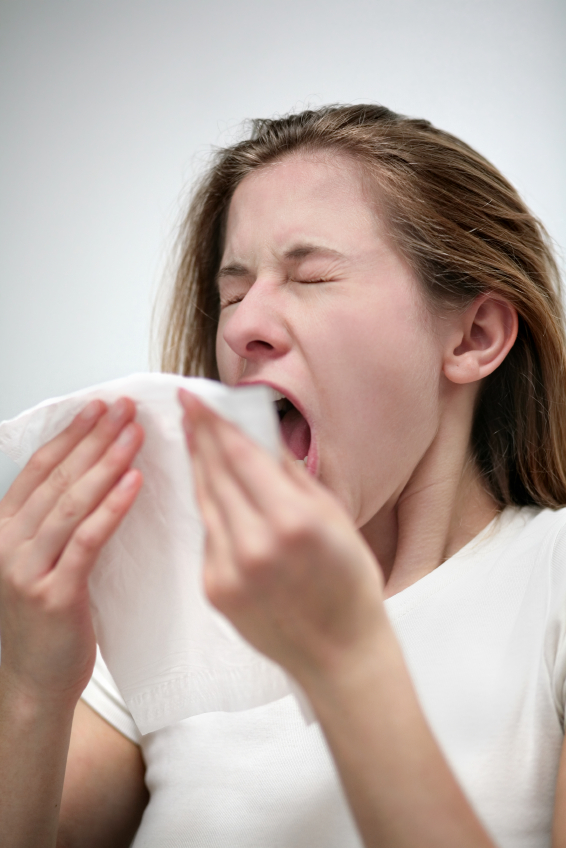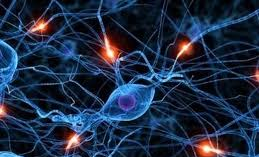![Skim Milk Does Not Protect Against Weight Gain]()
by Dr. Oler, ND | Apr 3, 2013 | Family, Health and Wellness, Natural Weight Loss, Weight Loss
Low Fat, fat free and diet food and beverage products do not have a very good track record at helping people lose weight or keep it off. At Optimal Body Balance, we know this. We believe that healthy fat must be part of a well-balanced diet. You have to eat fat to lose fat. You also have to eat fat for your brain to function effectively, to create necessary hormones, to absorb fat-soluble vitamins and to be a happy person. Fat free dairy is a huge thing in our society. Almost any doctor or dietitian you talk to will say that fat free dairy is the way to go — never buy the full fat version. Recently though, there have been a few interesting studies about fat free milk vs whole milk and weight gain in children (more…)

by Dr. Oler, ND | Apr 2, 2013 | Natural Remedies, Naturopathic Health
“Being healthy” means a lot of different things to different people. However, in general, vibrant health means having the physical, mental and emotional stamina you need to do what you need to do, with enough left over to enjoy what you want to do on a regular basis. (more…)

by Dr. Oler, ND | Mar 26, 2013 | Natural Pain Relief, Natural Remedies, Naturopathic Health, Nutrition
Most of us will have some physical pain throughout our lives (i.e., we fall down, injure ourselves playing sports, etc.). Everyone is also familiar with the typical sensations that go along with those injuries – heat, soreness, swelling and pain. These natural responses by the body to physical injury help with the healing process. However, over time, chronic inflammation can be bad for your health. Luckily, Mother Nature has given us many ways that we can help our body in the healing and recovery process and minimize the pain and discomfort that accompany them. (more…)
![Skim Milk Does Not Protect Against Weight Gain]()
by Dr. Oler, ND | Mar 25, 2013 | Areas of Weight Loss Resistance, Health and Wellness, Natural Weight Loss, Physical Activity, Underlying Metabolic Imbalances, Weight Loss
Last week, federal health officials reported that only 11% of the 79 million Americans who have pre-diabetes know that they are at increased risk. At Optimal Body Balance, we talk about diabetes and insulin resistance all the time, and we know that everyone has some degree of insulin resistance. In fact, our entire eating plan is designed to balance blood sugar and prevent insulin resistance. (more…)

by Dr. Oler, ND | Mar 19, 2013 | Natural Health Products, Natural Remedies, Naturopathic Health
Many of us have already suffered through a winter cold, or two… or three. Here are three drug-free ways you can cut down your chances of future congestion and maybe even avoid the flu, if you’ve been lucky so far. (more…)
![Skim Milk Does Not Protect Against Weight Gain]()
by Dr. Oler, ND | Mar 18, 2013 | Areas of Weight Loss Resistance, Health and Wellness, Sleep and Weight Loss, Weight Loss
If you are familiar with our program, you know that sleep is king when it comes to weight loss. Here is yet another study that shows the link between sleep and weight. (more…)
by Dr. Oler, ND | Mar 12, 2013 | Natural Remedies, Naturopathic Health
If you have been struggling with health issues, including food allergy, GI problems, fatigue, infertility, hormone issues and/or auto-immune issues OR if you are interested in optimizing your health, check out this video by Jeffrey Smith called Genetic Roulette – The Gamble of our Lives.
(more…)

by Dr. Oler, ND | Mar 5, 2013 | Amino Acid Therapy, Natural Remedies, Natural Weight Loss, Naturopathic Health
Part 1 of this series established how brain chemicals called neurotransmitters are responsible for cravings, especially for sweets and soda; Part 2 (link to this post) established the process by which cravings happen. This post will outline a program to help you eliminate your cravings. (more…)
![Skim Milk Does Not Protect Against Weight Gain]()
by Dr. Oler, ND | Mar 4, 2013 | Health and Wellness, Natural Weight Loss, Weight Loss
Last week we talked about how eating regularly throughout the day can improve your mood by balancing your hormones and controlling your blood sugar. This week, we have three new tips for you. (more…)

by Dr. Oler, ND | Feb 26, 2013 | Eating Naturally, Natural Remedies, Natural Weight Loss, Naturopathic Health
In Part 1 of The Chemistry of a Craving, we established that brain chemicals called neurotransmitters are responsible for those strong, urge-type cravings (especially for sweets and soda) that control many people. The basic biochemistry goes something like this: the neurotransmitters serotonin and norepinephrine are involved in controlling your mood, as well as the appetite center of your brain. When your body senses that it doesn’t have enough serotonin, it tries to make more. In order to increase serotonin levels in the brain, your body needs more of the amino acid tryptophan, the major precursor of serotonin. (more…)






